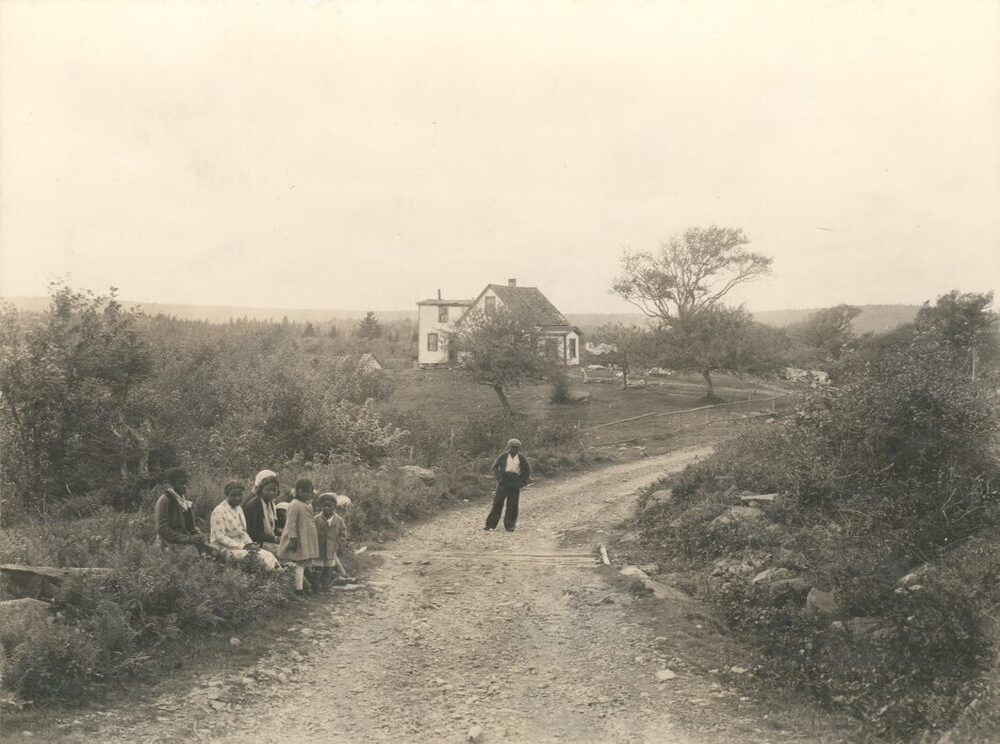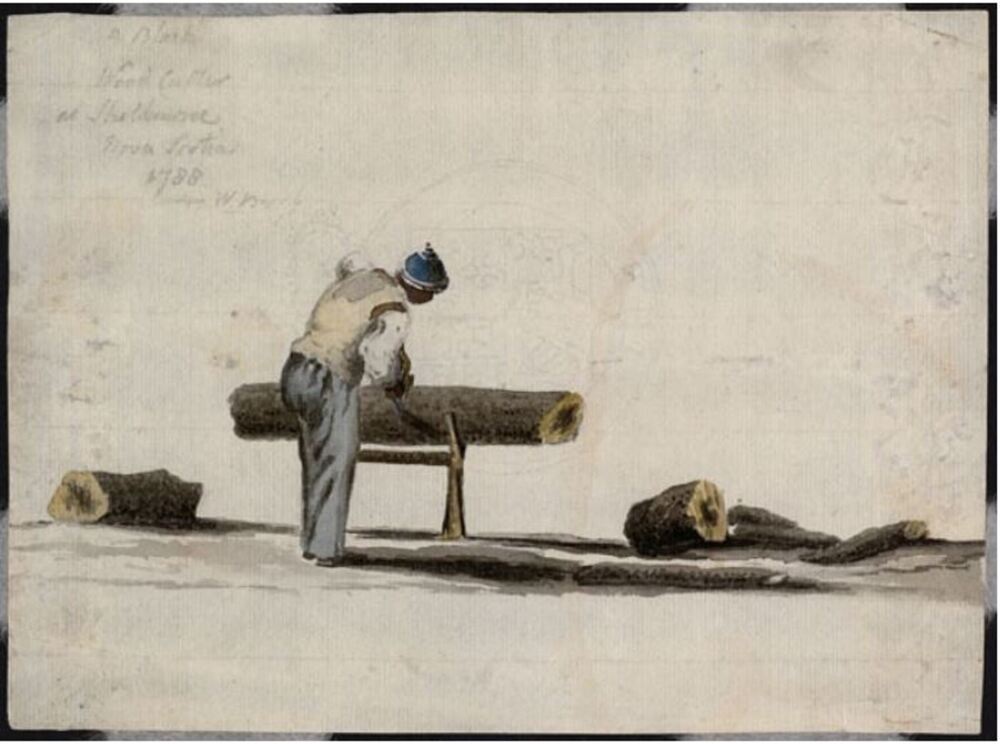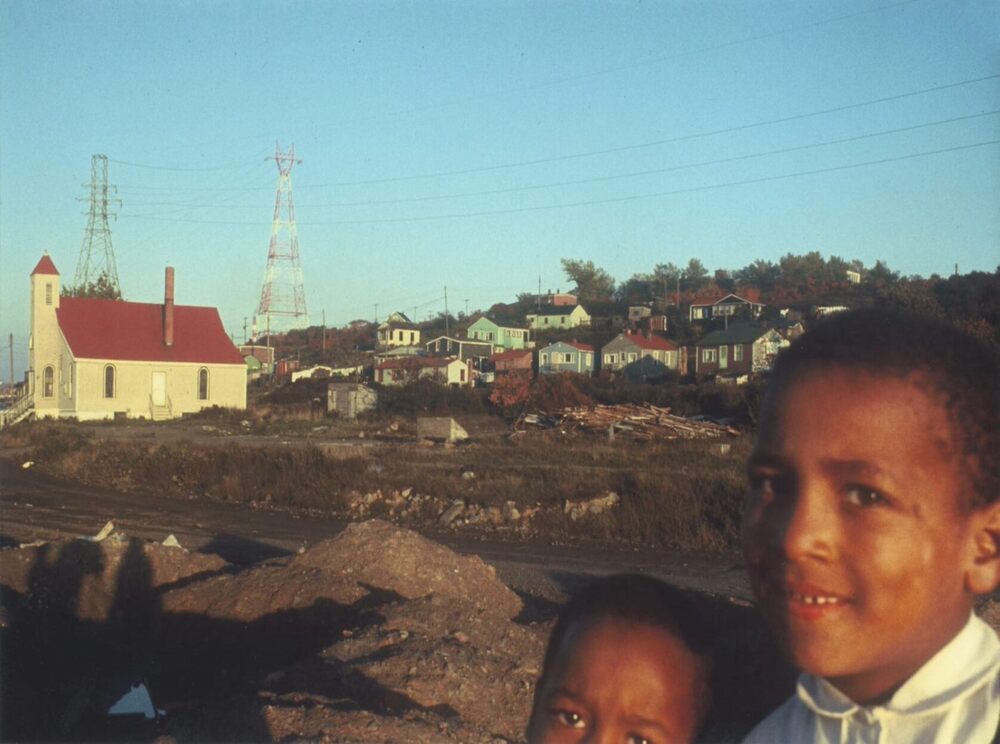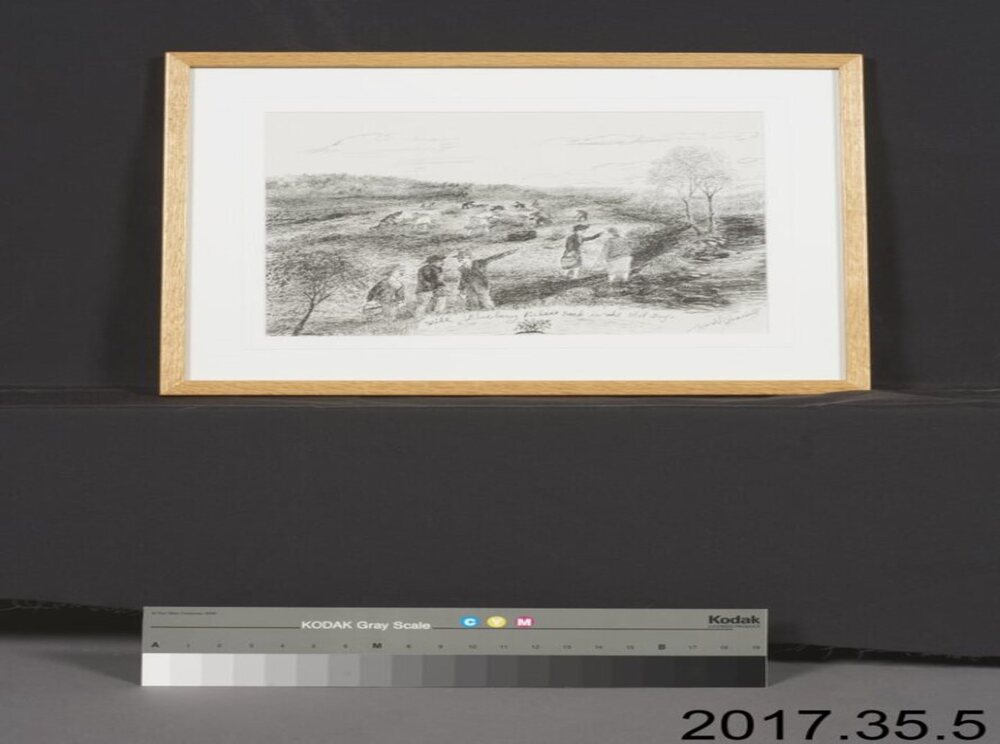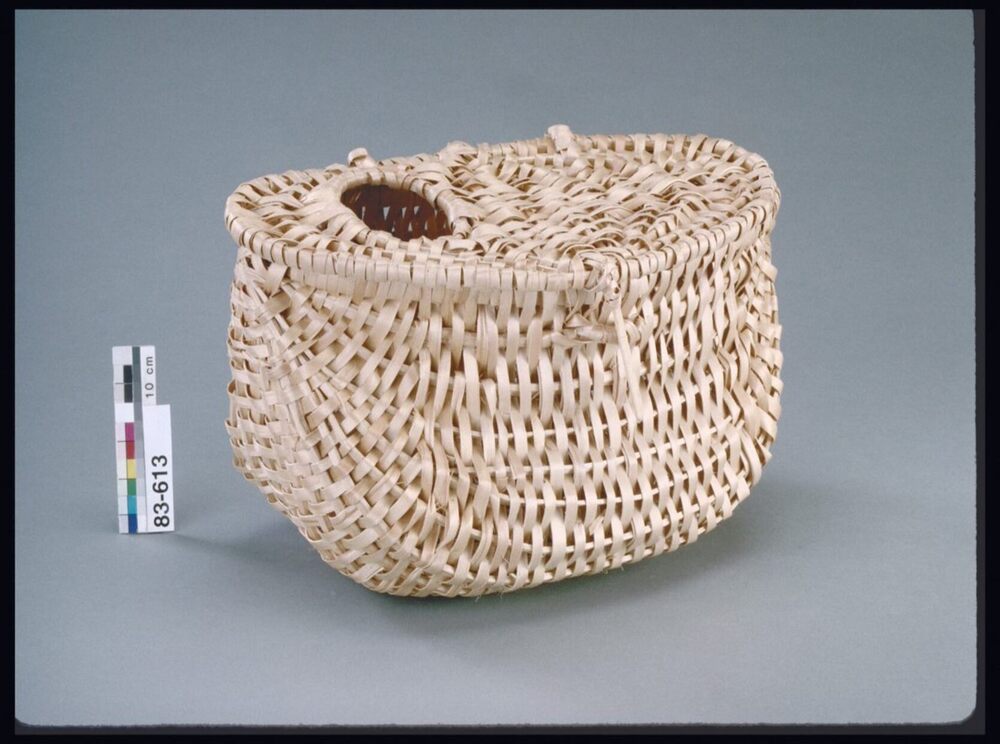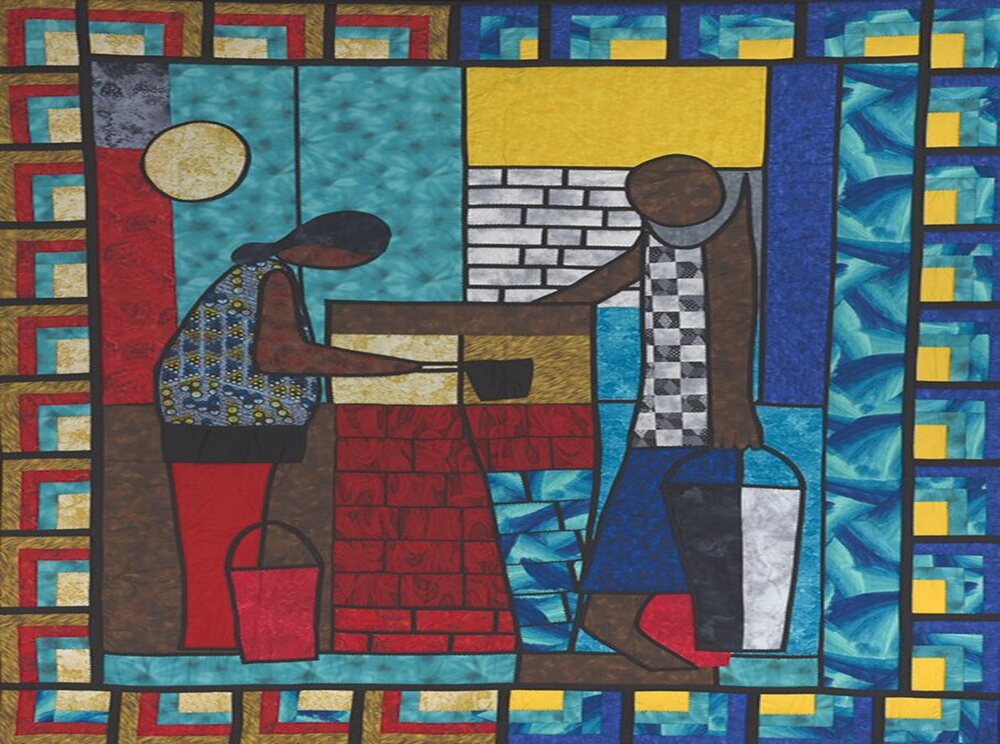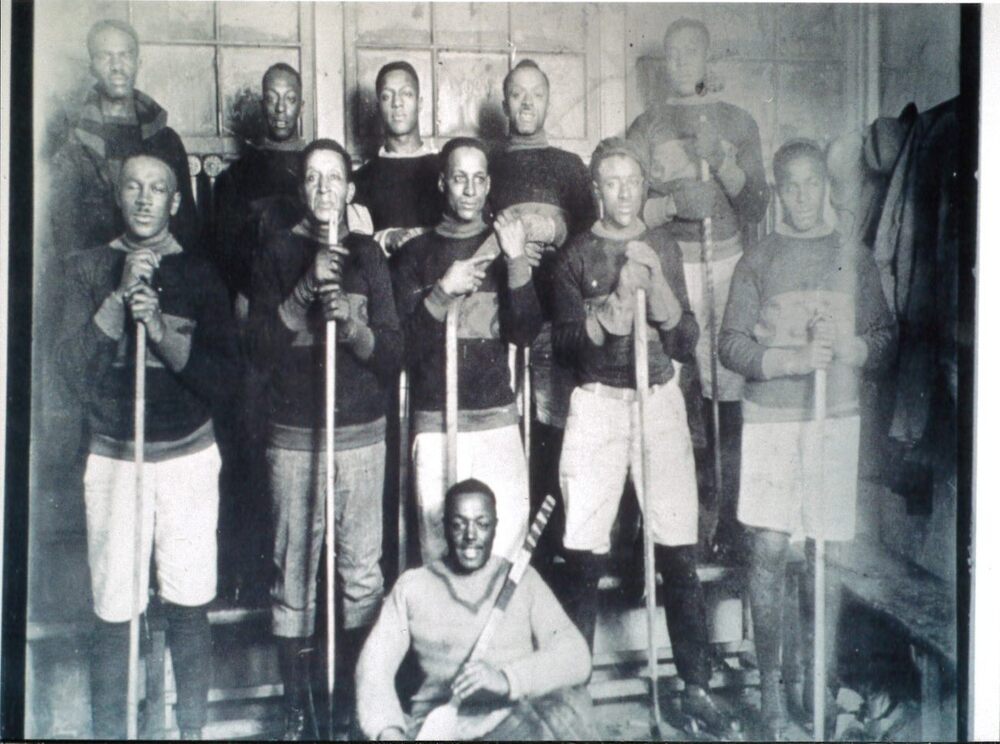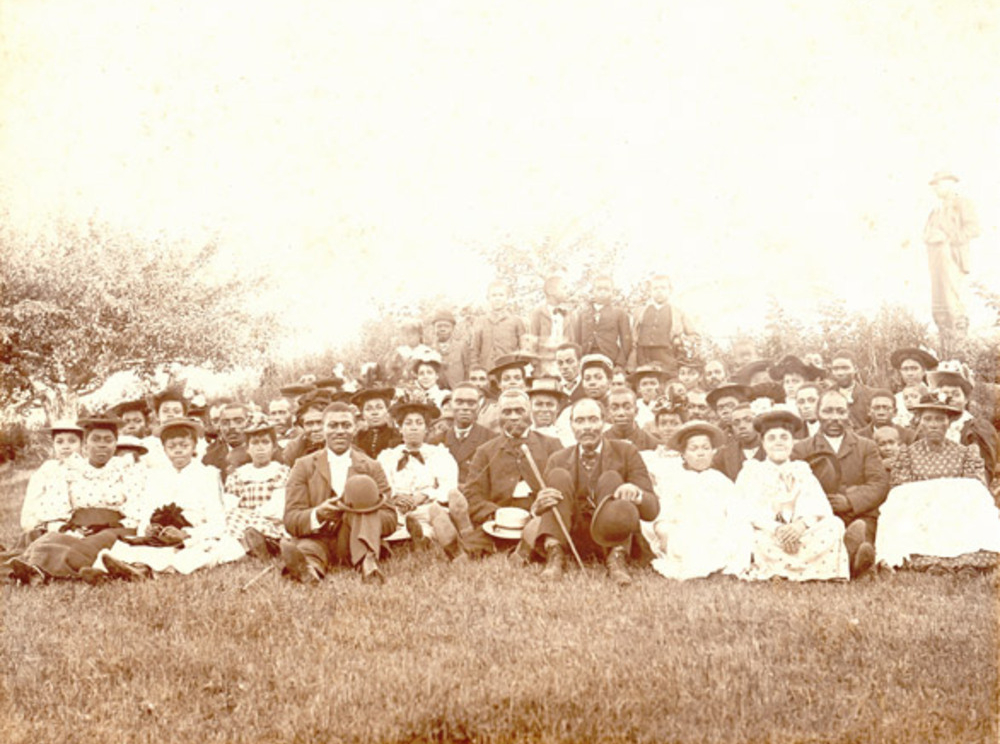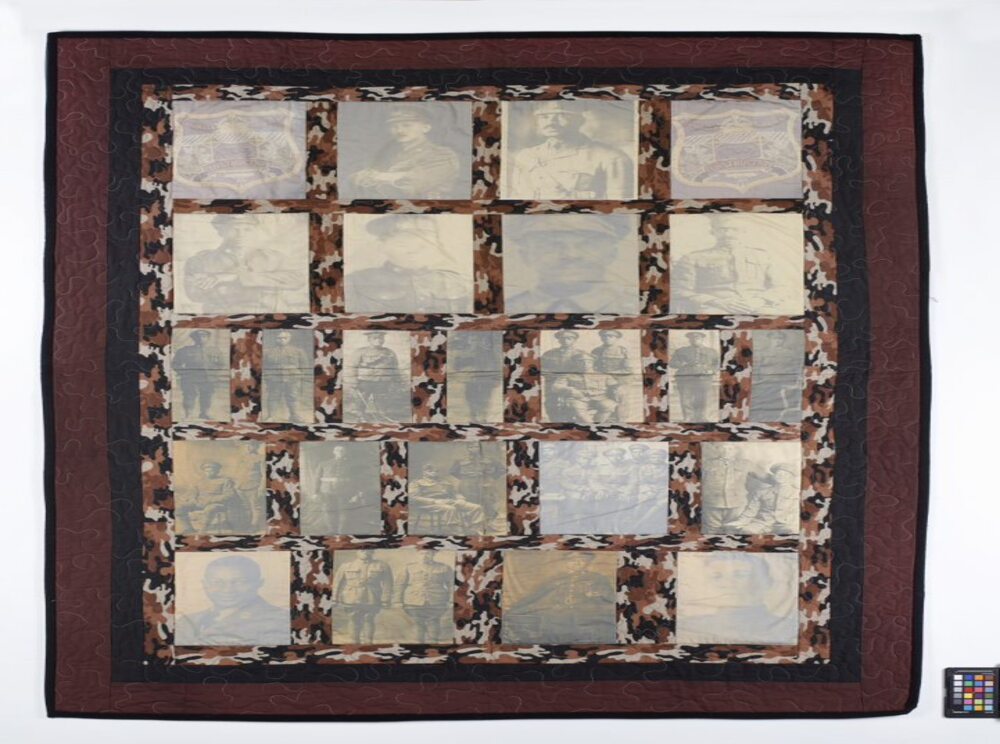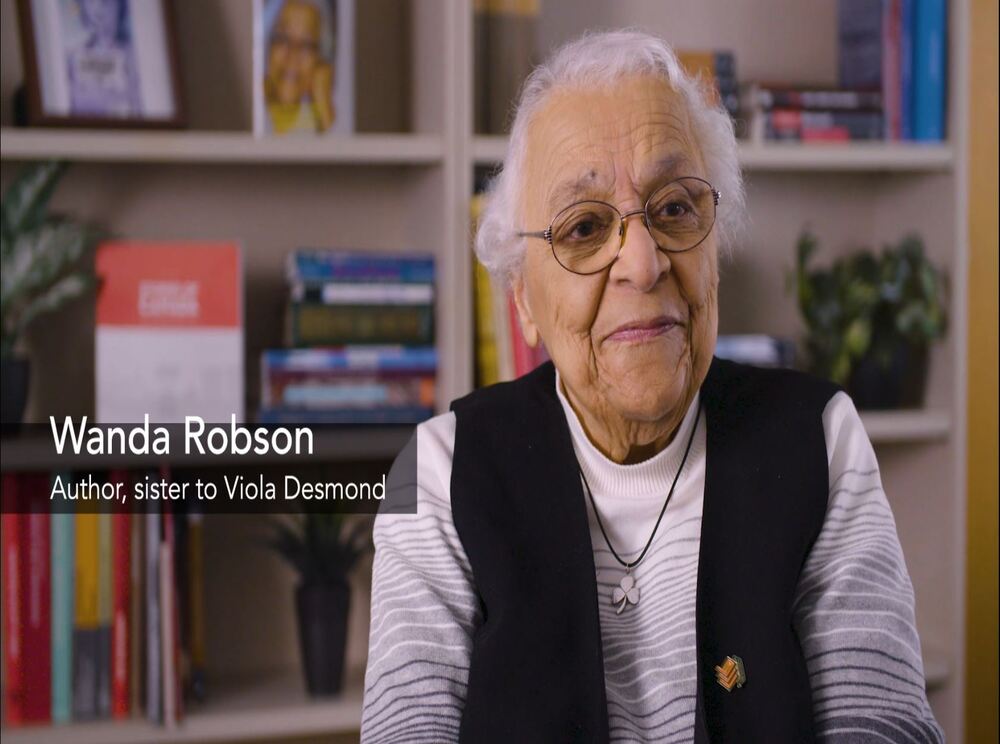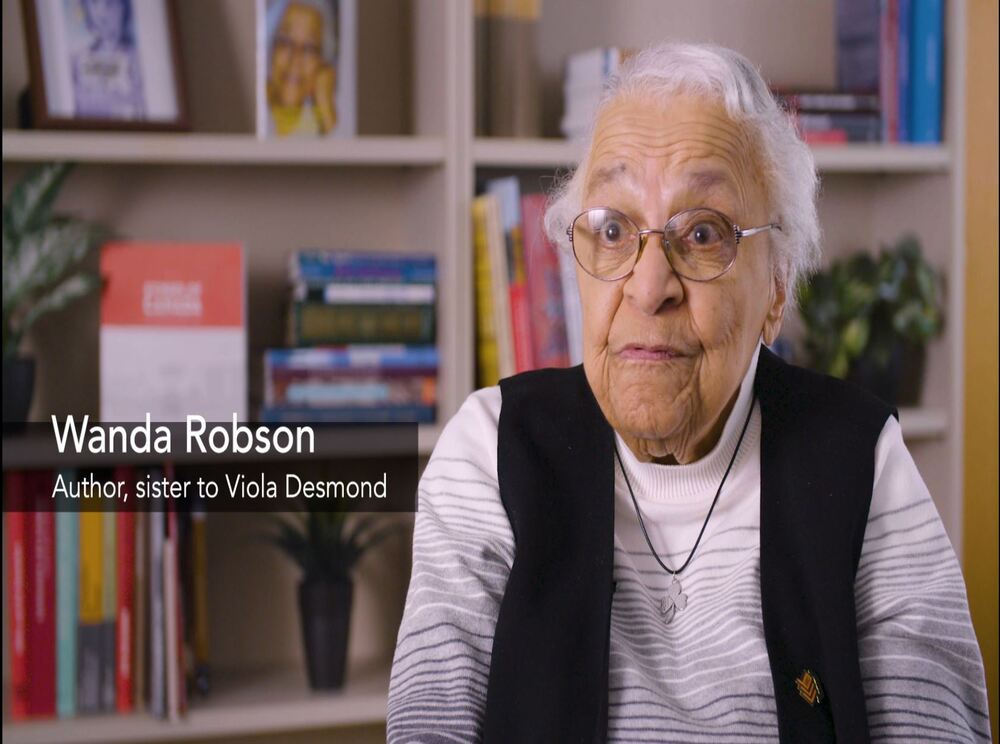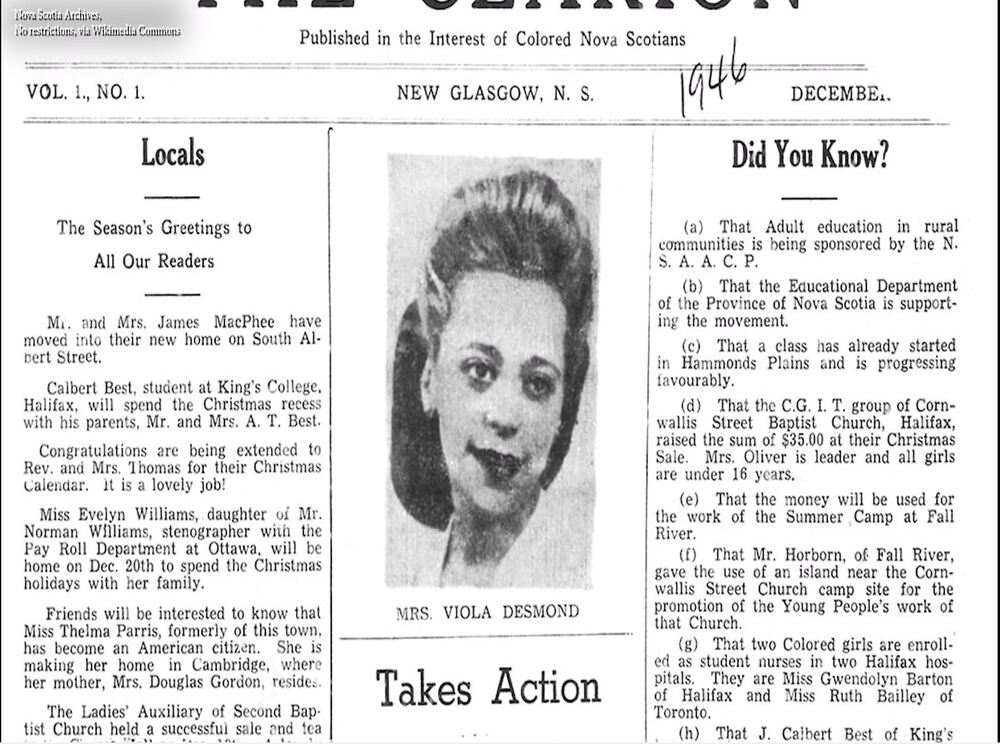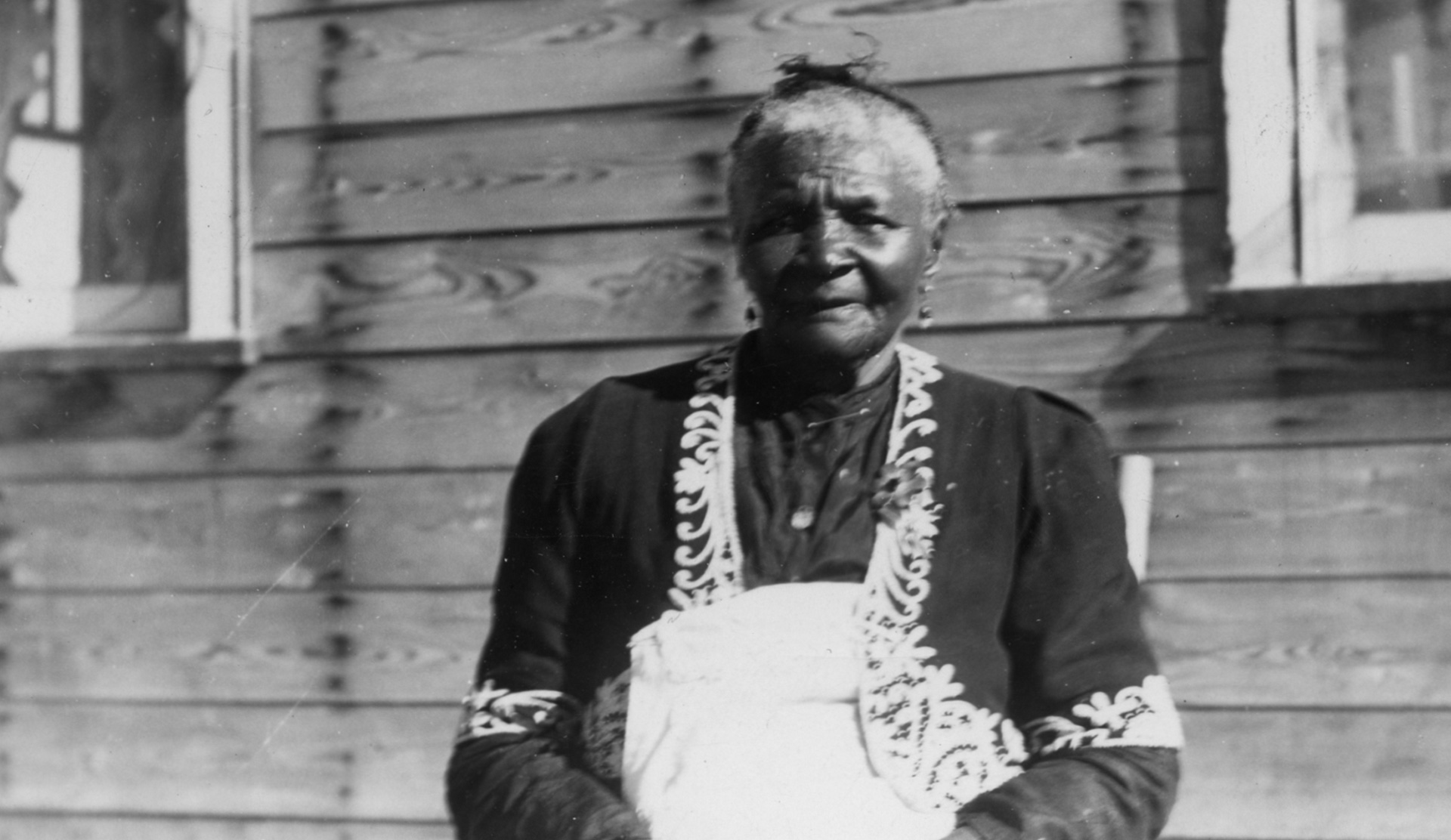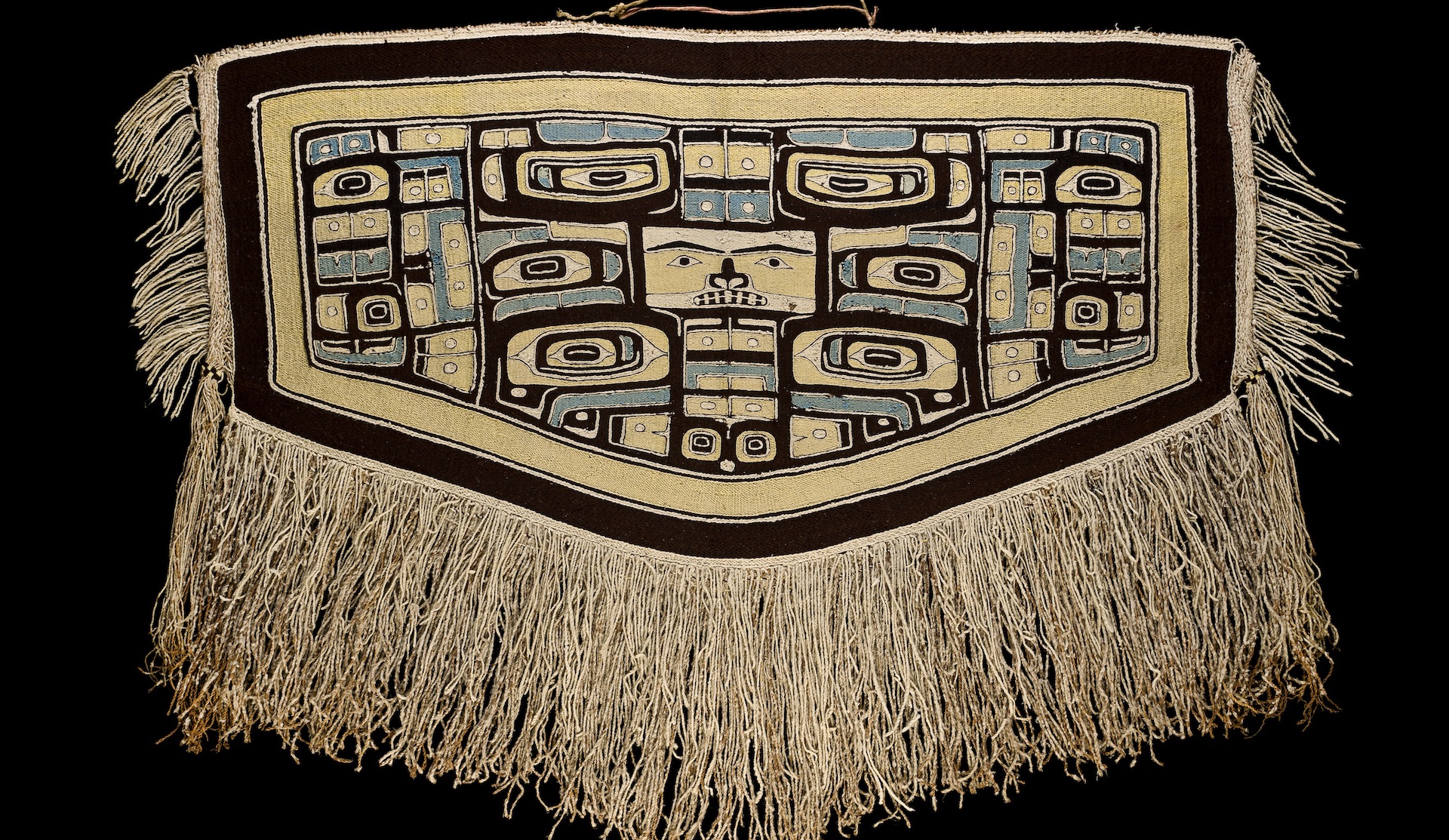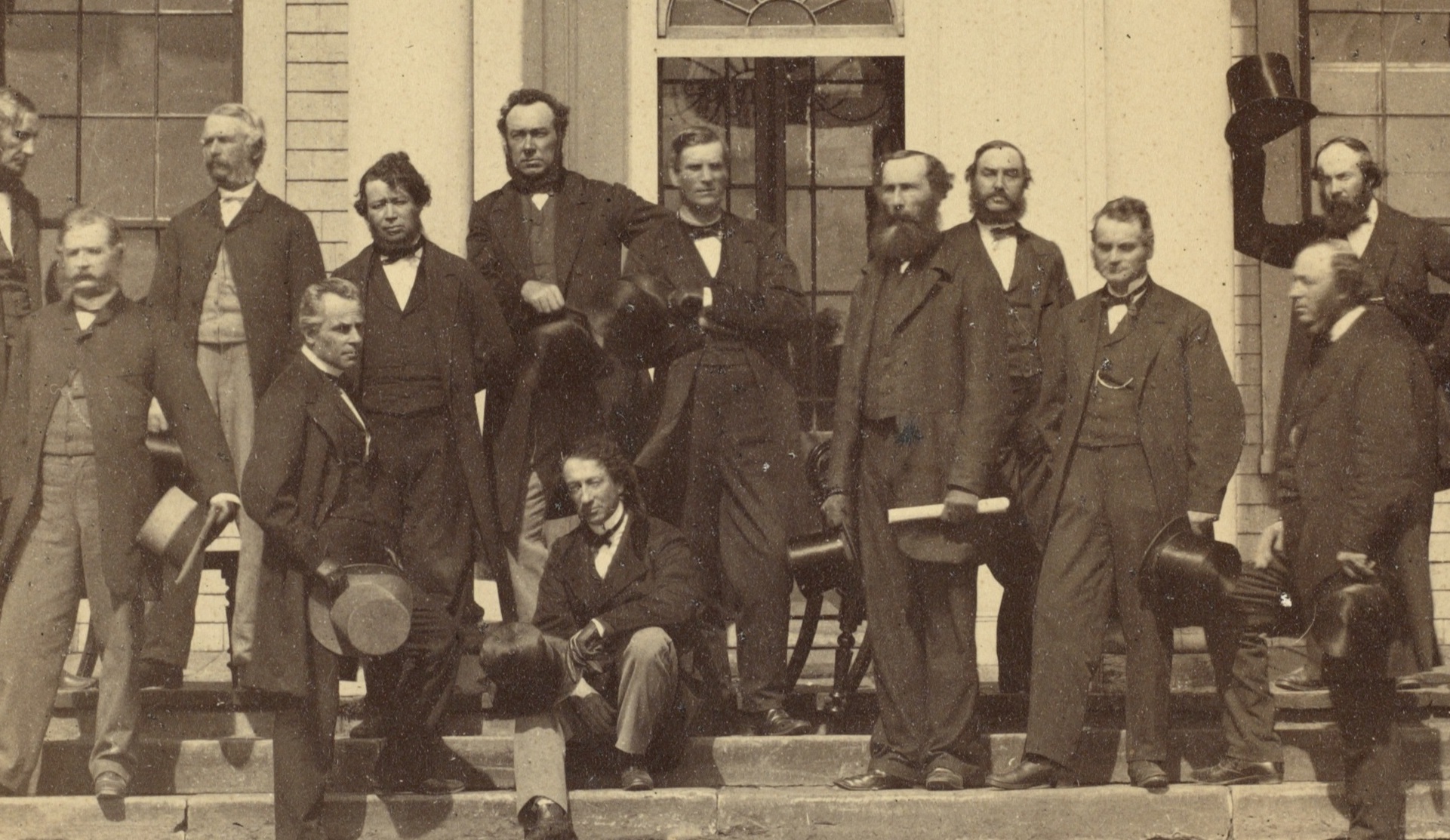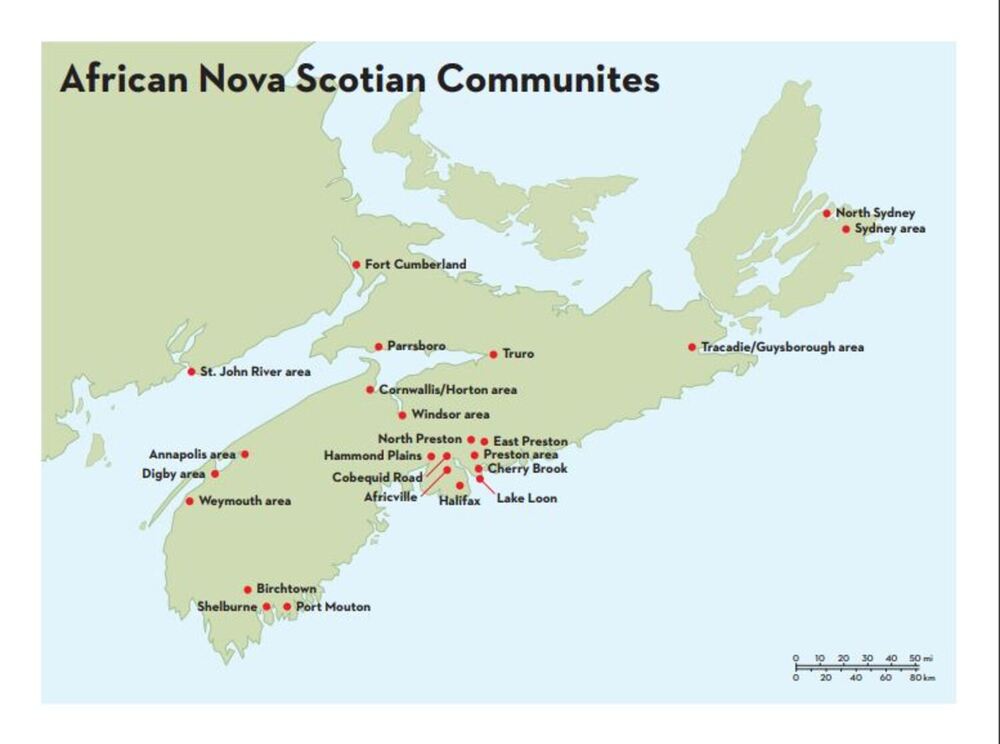
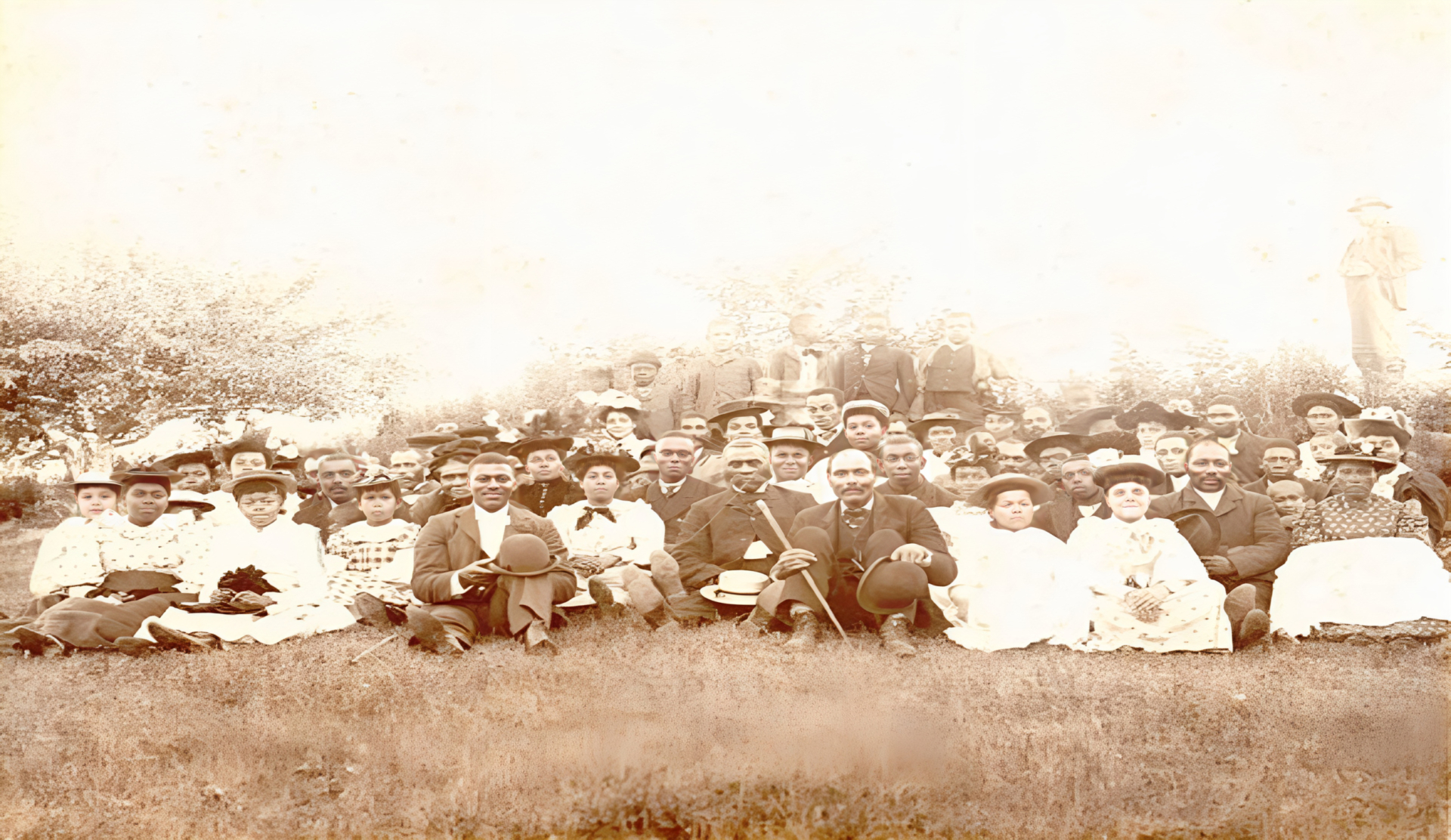
African Nova Scotians: 20th Century Canadian Legacies
African Nova Scotians: 20th Century Canadian Legacies
People of African descent have lived in what is now Canada for more than 400 years. Mathieu Da Costa, who arrived in 1604, is believed to be the first person of African descent in what is now known as Canada. Da Costa accompanied French explorers Pierre Dugua de Mons and Samuel de Champlain as an interpreter, and played an important role in developing relations with the Indigenous Peoples they encountered.
Although Da Costa was a free man, many of the earliest Black inhabitants were enslaved. One such person was Marie Marguerite Rose, who lived in New France during the early 1700s. In her late teens, she was taken from Guinea, West Africa, and transported under brutal conditions to the French colonies. She ended up in Louisbourg (now in Nova Scotia), where she was given the French name “Marguerite.” During the 1700s, about 2,000 enslaved Africans lived in Canada, typically as household servants like Marguerite. There were more than 350 enslaved people on Île-Royale (Cape Breton) alone, mostly at the Fortress of Louisbourg.
Over the next two centuries, events and circumstances brought thousands of Black people to Canada. During the American War of Independence (1775–1783) and the War of 1812 (1812–1814), the British promised freedom and land to enslaved and free African Americans who fought on their side. As a result, a number of Black settlements and communities were founded throughout Nova Scotia and Ontario, both during and after the two wars.
Between 1800 and the end of the American Civil War (1860–1865), some 30,000 to 40,000 Black freedom seekers came to Canada via the Underground Railroad: a secret network of abolitionists and allies, routes, and safe houses used by enslaved Black people to escape to free American States and Canada. Following the American Civil War, large numbers of Black people fled the discrimination and horror of state and local laws that legalized racial segregation in the United States — known as the Jim Crow laws — often settling on the Canadian prairies.
Throughout the 20th century, and even more recently, increasing numbers of Black people have arrived from the Caribbean and other parts of the world. Some of this immigration was encouraged by policies such as the West Indian Domestic Scheme (1955–1966), during which approximately 3,000 Caribbean women came to Canada to work as domestic servants.
Over the past 400 years, Black people have created communities, shaped their own identities, and made significant contributions to Canadian society. Although reflecting the rich and varied history of Black people across the country, this package focuses on the history and experiences of Black people in Nova Scotia. And, although “Black Nova Scotians” is a recognized term, the more common term “African Nova Scotians” has been used in this package to describe the more than 20,000 Black people who call Nova Scotia home — representing 2.3 percent of Nova Scotia’s total population. Through objects, images and oral history, this package explores African Nova Scotian community life, arts and culture, along with advancements in civil rights, demonstrating the significant contributions African Nova Scotians have made not only within Nova Scotia, but across Canada and around the world.
The Canadian Museum of History extends its thanks to David Woods, Co-Founder of the Black Artists Network of Nova Scotia, Natasha Henry-Dixon, Assistant Professor of African Canadian History at York University, and Scott Sharma, Student Research Assistant, for their contributions to this project.
 Activities
Activities
Topics
African Nova Scotian Communities
Black people have resided in established communities in Nova Scotia for hundreds of years. Many of the 52 historically Black settlements still exist. Although many faced discrimination and hardship, these communities are also rich in both culture and tradition.
Artistic and Cultural Expression
African Nova Scotian artists both past and present have had a major impact on Canada’s cultural fabric.
Community Life
African Nova Scotians bonded through a number of cultural practices, including religion, sports, food and military service.
 website
website
